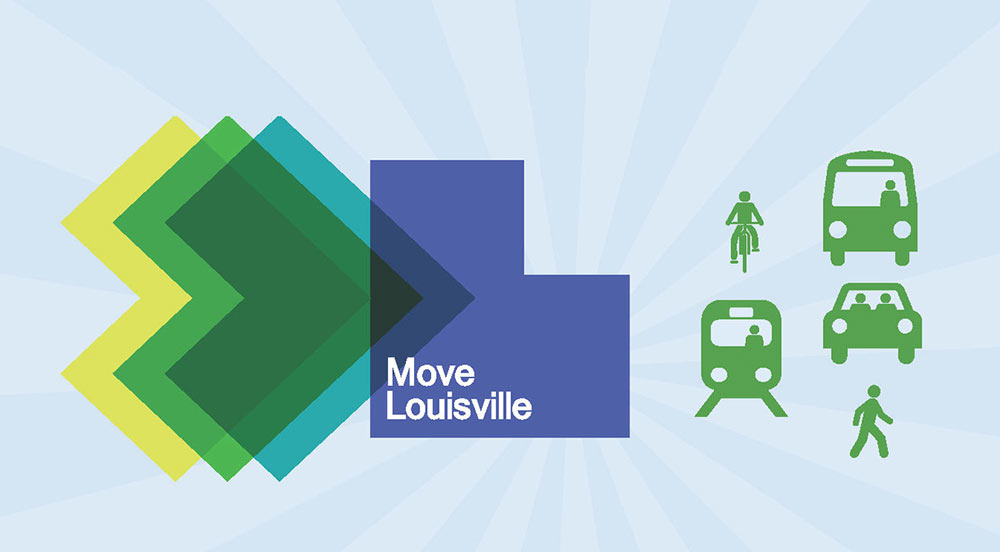[quote_right]“A good hockey player plays where the puck is. A great hockey player plays where the puck is going to be.”
—Wayne Gretzky[/quote_right]
As many of you know, the Fischer Administration has been in the process of creating Vision Louisville, a long-range planning document that will be used as a guide for policy and funding priorities for Metro Louisville over the next 25 years. In the spring of 2013, the drafters asked for ordinary citizens to submit ideas that they would like to see implemented over the next quarter century. Louisvilians responded in a big way to their request: over 80,000 ideas were submitted. The ideas covered a wide variety of subjects, but a majority of them sent a very clear message: We want more transit in Louisville.
There were so many transportation related ideas that the Fischer Administration decided that they needed a plan of their own: thus was born Move Louisville, “a long-range strategic multi-modal transportation plan that will focus on creating greater mobility between the places where people live, work, shop and enjoy leisure time in Louisville.” Funded by $750,000 in federal and local money, the plan will examine how everything from walking and biking to bus rapid transit and streetcars can be folded into regional and state transportation plans.
The plan began to be developed in November of 2013, and it is currently nearing completion. But as part of the final phase, the drafters have the opened the floor to the general public, giving citizens the opportunity to submit comments about what the priorities of Move Louisville should be.
One excellent example is the fact that, in its current draft, the Move Louisville document does not have any provision for a north –south streetcar line connecting Downtown Louisville with the University of Louisville’s Belknap Campus. This is a transit link that is crucial for Louisville’s future success—the case for such a connection can be found here—so it is vital that the drafters are convinced that it is an idea worth studying as part of the long range transportation planning process.
But a streetcar is not the only transit mode that should be advocated for in Louisville. A truly complete long-range transportation plan should include provisos for multiple modes of smart transportation. High quality light rail, commuter rail, bus rapid transit, bicycle, and pedestrian infrastructure are all needed for Louisville to be a successful—and relevant—21st century city. The public, and especially Broken Sidewalk readers, should submit comments encouraging all of these different transit modes.
The public input period for the Move Louisville long range ends on December 15th. This is a rare opportunity for Louisville citizens to have a voice in the future course that their city will take. So, if you have a desire for Louisville to become a city that moves better, smarter, and cleaner, please, please click here and submit a comment supporting smart transit options in Louisville.



I agree, Louisville is in desperate need of more and efficient modes of public transportation. Street cars, light rails and more buses are a way to start. West and South Louisville should also be more connected to downtown
Thank you for having such a great blog, I just discovered it in the past week. I attempted to leave a comment on the website but it wasn’t working. One of the comments I was going to leave is that a strong CONNECTED bike lane is a very inexpensive way to add clean, cheap, healthy transportation options. I lived in NYC during Bloomberg and great strides were taken to add safe bike lanes. These lanes have been added in Louisville but many aren’t connected and start and end randomly. They are also overwhelmed by cars easily and “bike curbs” should be installed. The bike loop needs to be completed with spokes connecting it with downtown and proper maintenance is already need to existing completed portions.
Thanks again for the blog and sorry about the long comment.